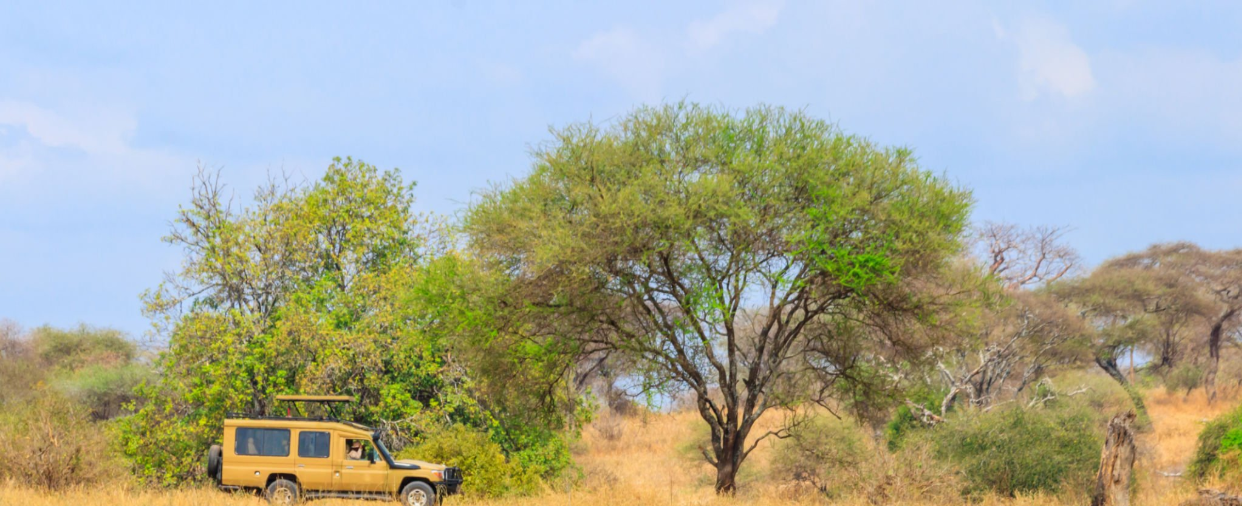The Pros and Cons of a Dry Season Safari
Dry Season Safari Benefits, A safari is a once-in-a-lifetime experience for many travelers, offering the chance to witness wildlife in its natural habitat. One of the most critical factors influencing the quality of a safari is the season in which it is undertaken. The dry season, typically spanning several months depending on the region, presents unique advantages and disadvantages for safari-goers.
This article explores the pros and cons of embarking on a dry season safari, helping travelers make an informed decision about the best time to experience Africa’s breathtaking landscapes and wildlife.
Understanding the Dry Season Safari Benefits in Safari Destinations
The dry season varies across different African safari destinations:
-
East Africa (Kenya & Tanzania): June to October
-
Southern Africa (Botswana, Zambia, Zimbabwe, Namibia): May to October
-
South Africa (Kruger National Park): May to September
During this period, rainfall is minimal, temperatures are moderate, and vegetation thins out, creating optimal wildlife viewing conditions. However, the dry season also comes with challenges that travelers should consider.
Pros of a Dry Season Safari Benefits
1. Excellent Wildlife Visibility
One of the biggest advantages of a dry season safari is the improved visibility of animals. With sparse vegetation and fewer leaves on trees, spotting wildlife becomes significantly easier. Predators such as lions, leopards, and cheetahs are more visible as they hunt in open areas.
2. Animals Gather Around Waterholes
As water sources shrink, animals congregate around remaining rivers, lakes, and waterholes. This natural behavior makes it easier for safari-goers to witness large herds of elephants, buffalo, zebras, and antelopes gathering in one place. The dry season is particularly famous for dramatic predator-prey interactions near these water sources.
3. Better Road Conditions
Wet seasons can make dirt roads muddy and impassable, but the dry season ensures that roads are firm and accessible. This allows safari vehicles to traverse parks with ease, reaching remote areas where wildlife may be more abundant.
4. Lower Risk of Malaria
Malaria is less prevalent in the dry season due to the lack of stagnant water, which is a breeding ground for mosquitoes. Travelers can enjoy their safari with reduced concern about mosquito-borne diseases, though precautions (such as prophylaxis and repellents) are still advisable.
5. Clear Skies and Stunning Sunsets
With minimal cloud cover, the dry season offers breathtaking sunrises and sunsets, perfect for photography enthusiasts. The golden light enhances the beauty of the savannah, making for unforgettable safari moments.
6. Migration Spectacles (Great Migration in East Africa)
In East Africa, the dry season coincides with the Great Wildebeest Migration, where millions of wildebeest, zebras, and gazelles cross the Mara River into Kenya’s Maasai Mara. This is one of nature’s most spectacular events, offering dramatic river crossings and high predator activity.
7. Comfortable Daytime Temperatures
While mornings and evenings can be chilly, daytime temperatures during the dry season are generally pleasant—warm but not excessively hot. This makes game drives more comfortable compared to the scorching heat of the wet season’s peak.
8. Fewer Bugs and Insects
The dry season sees a decline in insects like flies and mosquitoes, making outdoor activities and camping safaris more enjoyable without constant buzzing and biting.

Cons of a Dry Season Safari Benefits
1. Higher Tourist Numbers and Crowds
The dry season is peak safari season, meaning national parks and reserves can become crowded. Popular destinations like the Serengeti, Maasai Mara, and Kruger may have multiple vehicles jostling for the best views of wildlife, which can detract from the wilderness experience.
2. Increased Costs
Due to high demand, accommodation prices surge during the dry season. Luxury lodges, mid-range camps, and even budget options often charge premium rates. Flights and guided tours also tend to be more expensive.
3. Dusty and Dry Landscapes
While the lack of rain improves game viewing, it also means landscapes can appear barren and dusty. The lush greenery of the wet season is replaced by dry, brown grasslands, which may not be as photogenic for some travelers.
4. Limited Birdwatching Opportunities
Many migratory bird species leave during the dry season, reducing the diversity of birdlife. While resident birds remain, avid birdwatchers may prefer the wet season when plumage is vibrant, and species are abundant.
5. Harsher Sun and Potential Dehydration
The sun can be intense during the day, and with little shade, travelers must stay hydrated and protected with sunscreen, hats, and sunglasses. Dehydration and heat exhaustion are risks if precautions aren’t taken.
6. Less Privacy in Lodges and Camps
With lodges operating at full capacity, communal areas like dining spaces and viewing decks can feel crowded. Those seeking a more intimate safari experience may prefer the quieter wet season.
7. Limited Availability of Accommodations
Due to high demand, booking last-minute safaris in the dry season can be challenging. Popular lodges and camps often sell out months in advance, requiring travelers to plan well ahead.
8. Animal Stress Due to Water Scarcity
While wildlife viewing is excellent, the dry season can be a harsh time for animals. Herbivores struggle to find food, and predators may face increased competition. Some travelers may find it difficult to witness animals in distress due to drought conditions.
Tips for Making the Most of a Dry Season Safari Benefits
-
Book Early – Secure accommodations and flights at least 6-12 months in advance to avoid inflated prices and sold-out lodges.
-
Choose Less Crowded Parks – Consider visiting lesser-known reserves like South Luangwa (Zambia) or Hwange (Zimbabwe) for a more exclusive experience.
-
Pack Appropriately – Bring layers for chilly mornings, sun protection, and a good camera for wildlife shots.
-
Stay Hydrated – Carry sufficient water during game drives to prevent dehydration.
-
Opt for Private Guides – Hiring a private guide can enhance the experience by avoiding crowded safari vehicles.
A dry season safari offers unparalleled wildlife viewing, stunning landscapes, and comfortable weather, making it the preferred choice for many travelers. However, the downsides—higher costs, crowds, and dustier conditions—may deter some.
Ultimately, the decision depends on personal preferences. If witnessing the Great Migration, seeing predators in action, and enjoying clear skies are priorities, the dry season is ideal. However, those who prefer lush scenery, fewer tourists, and lower prices might consider a shoulder or wet season safari.
By weighing these pros and cons, travelers can choose the best time for their African adventure, ensuring an unforgettable and rewarding safari experience.









